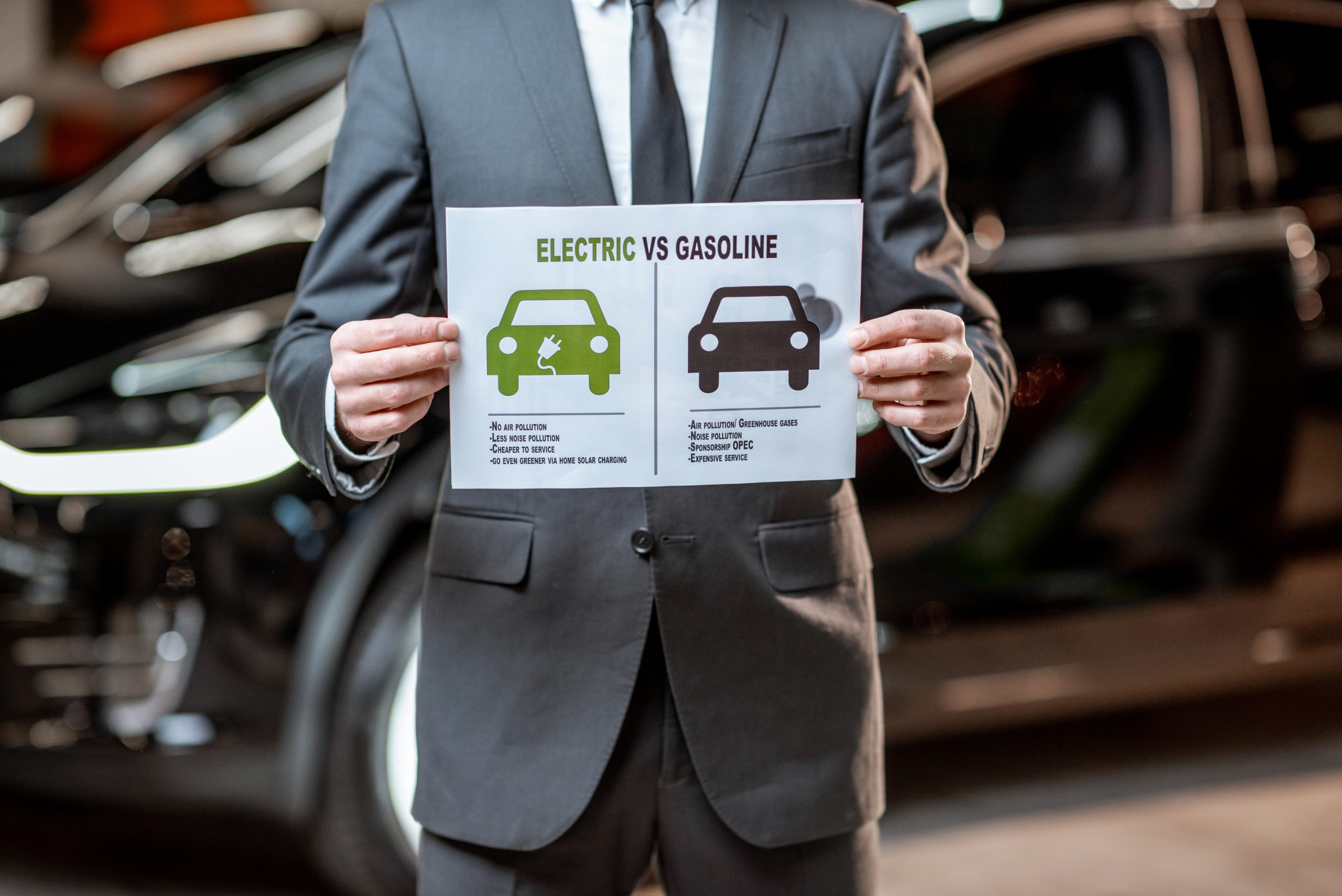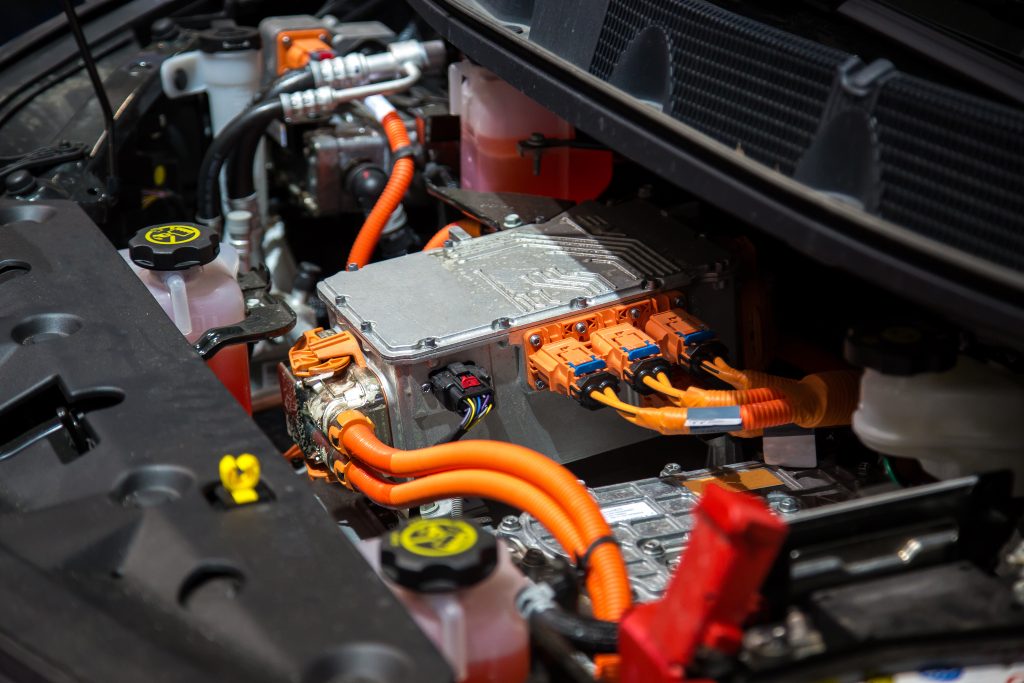
Electric vehicles are here to stay. It took them more than 100 years. But we have finally reached the point where they can be viable alternatives to ICE cars. That isn’t to say that electric vehicles and conventional fuel vehicles are the same. Or that any comparisons between them would be fair. But since we have so few models of electric cars in the market. It only makes sense that people would compare them to the cars they would generally buy.
But you can’t just compare the two using popular marketing terms. Like 0-100kmph times, peak horsepower and torque, and most importantly, the range. While these numbers do help sell vehicles. They don’t actually present a proper picture of what electric vehicles are and what they can do. To get that we will need to compare each system of a regular car, with its electric counterpart. So that we have a better understanding of how they differ and to what degree.
Humans have spent the past 100 years perfecting the internal combustion engine. They come in all shapes and sizes, and offer reliable performance as long as you keep them maintained. But they also feature thousands of moving parts that wear and tear easily. Which results in increasing maintenance costs and depreciation, as the car ages. The performance of these engines has an upper limit though. With more powerful engines requiring more maintenance and costs. In both parts and fuel.
Electric vehicles on the other hand only need a single motor to operate the wheels. Since it is the only moving part, they also don’t require regular maintenance. By replacing the complex engine with a simple motor, we can also reduce a lot of weight from the vehicle. As you also get rid of the air, fuel, and exhaust systems along with it. These EV engines can also deliver power instantly. Which makes them faster than most production cars in the world. Without the need for any extra upgrades or maintenance.
One of the major flaws of an internal combustion engine is that it can’t produce peak torque on demand. You need to rev the engine up to a specific point to get peak output from it. This means multiple gears with different gear ratios. And a complex and heavy transmission that can bear that load. While it may feel good to shift those gears, it still is a liability on performance.
Electric cars on the other hand generally feature a single-speed transmission. Since they can produce peak torque from standstill. And don’t need different gear ratios to sustain it through the power band. This means that electric car transmissions are a lot lighter and smaller. And in some cases, fit right onto the motor itself, creating a single small unit that saves you a lot of weight and space. This compact design gives automobile manufacturers a lot of freedom. On where to place these units. Some even use multiple motor/transmission combos to power each wheel individually. Giving you a 4×4 system without the need of a transfer case.
Source: Electric vehicles get cheaper every kilometer
Conventional cars use traditional fuels like petrol, diesel, and others variations. These fuels have some of the highest energy density available in nature. And can be easily stored in fuel tanks for longer journeys. Since these fuels are also relatively stable and already have the infrastructure build-up. You can re-fuel almost anywhere, and a lot faster than electric vehicles. People prefer these fuels even though ICE engines cause a lot of energy loss in the process. And release pollutants into the atmosphere. While also being a bit more expensive in general.
Electric cars as the name suggests use electricity as a fuel. Which needs high-quality lithium-ion batteries for safe storage. These batteries weight a lot more than a regular fuel tank. And are one of the main reasons why electric cars are so expensive. But that has little effect on the fuel-efficiency. Since there are almost no energy losses in electric motors. Not to mention that battery prices are reducing each year. So, this temporary disadvantage might not last that long. More importantly, 90% of the time, you can always charge at home. And bypass the need to pay for the fuel. Especially if you have a solar power system that can give you free electricity.
The Technology Behind Electric Vehicles
This is one of the main reasons why most people still prefer conventional fuel vehicles. Even though they have a relatively modest driving range of around 500kms per tank on average. But, you can easily re-fill this range in a few minutes. At any one of the millions of fuel pumps present around the world. This is a convenience a lot of people aren’t willing to give up. Even though most people don’t travel more than 90kms a day on average. So, this advantage isn’t as useful as people claim it to be. Moreover, this range decreases proportional to the performance of the car. So, you might not go as far as you might expect.
Electric vehicles are quickly covering up this gap. With most modern EV’s coming with a range of around 200-500kms per charge. Some models from Tesla go as much as 610kms per charge. Which is more than enough for the amount of driving a person might do on a single day. Even if they are on a cross-country road trip. But since the re-charging isn’t instant, people still consider it a major flaw. Even though most EVs owners will only ever charge their cars at home, slowly and overnight. The bigger point is, that once the car if fueled up, you don’t have to worry about the range. No matter how fast your car is. Since some of the energy spent is also recovered. Through systems like regenerative braking.

This is one of the sections where conventional cars lose out. With thousands of components and hundreds of moving parts. It is common sense that ICE engines see a lot of wear and tear. With regular maintenance requirements for parts, including the fluids that go with them. These maintenance costs add up over time. With more expensive cars costing more in both parts and labor. This wear and tear also cause the cars to depreciate over time, making it a liability instead of an asset.
Electric cars on the other hand require little to no maintenance over their lifetime. Short of any major accidents. Even parts like the brakes, which you would expect to wear down more, due to the extra weight. Can still last a long time, thanks to systems like regenerative braking. Thus, ensuring that EVs hardly depreciate over their lifetime. Since the most expensive parts like batteries can still be easily recycled. Relatively, the few repairs that EVs do need are also a lot more expensive. Since there are so few parts. And the motor and batteries making up the majority of the price of EVs as it is. Not to mention the lack of EV repair places in general. This is something we hope will sort itself out, as more EVs start going mainstream.
Other than the phantom range anxiety. This is one of the major factors that prevent people from adopting EV’s. Since conventional cars are still a lot cheaper than most modern EV’s. Even the smaller ones with pathetic performance and range. Not to mention the extensive used car markets that thrive all over the globe. And allow people to experience luxury cars, even if they can’t afford them new. It will take a long time for electric vehicles to overcome this disadvantage.
Electric vehicle manufacturers are trying really hard to cover this gap. They know it is the biggest hurdle in the path of EV adoption. Companies like Tesla and Ford are trying to do this by producing cars at scale. But their offerings are still relatively expensive than most conventional vehicles. With the cheapest models like the F-150 lightning and Model 3 still costing as much as an entry level BMW. As battery costs come down, these prices will too. But it will still take almost a decade for them to become as cheap or cheaper than conventional cars.
These are some of the parameters that we can compare the two types of vehicles on. Even though the results may vary from model to model. We can still see that EVs are fast closing the gap. And will soon surpass conventional cars on the road completely. At least that is the goal that most car manufactures are going for these days. We will just have to wait and see. How long it actually takes for this to happen.
Leave a Reply